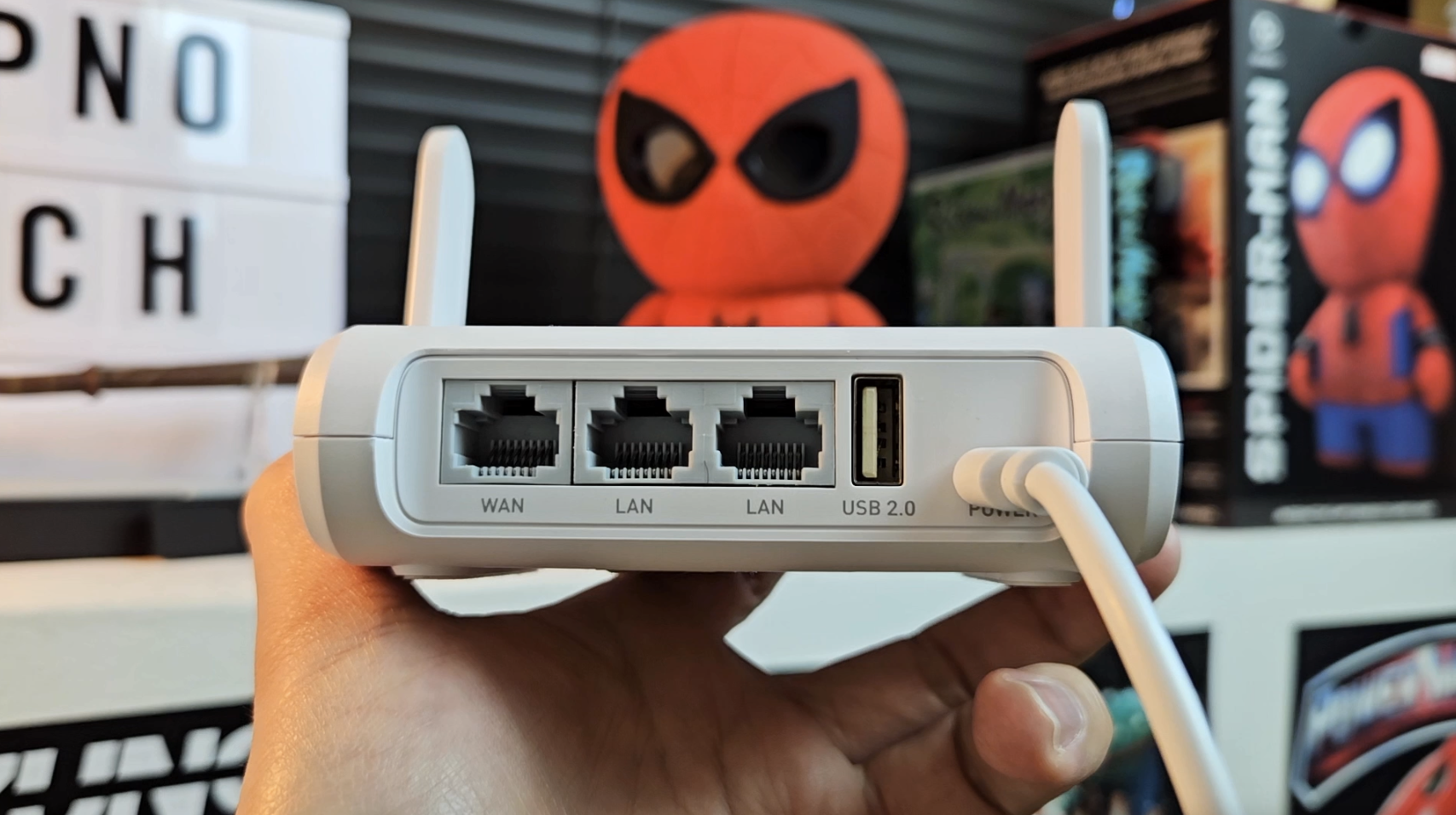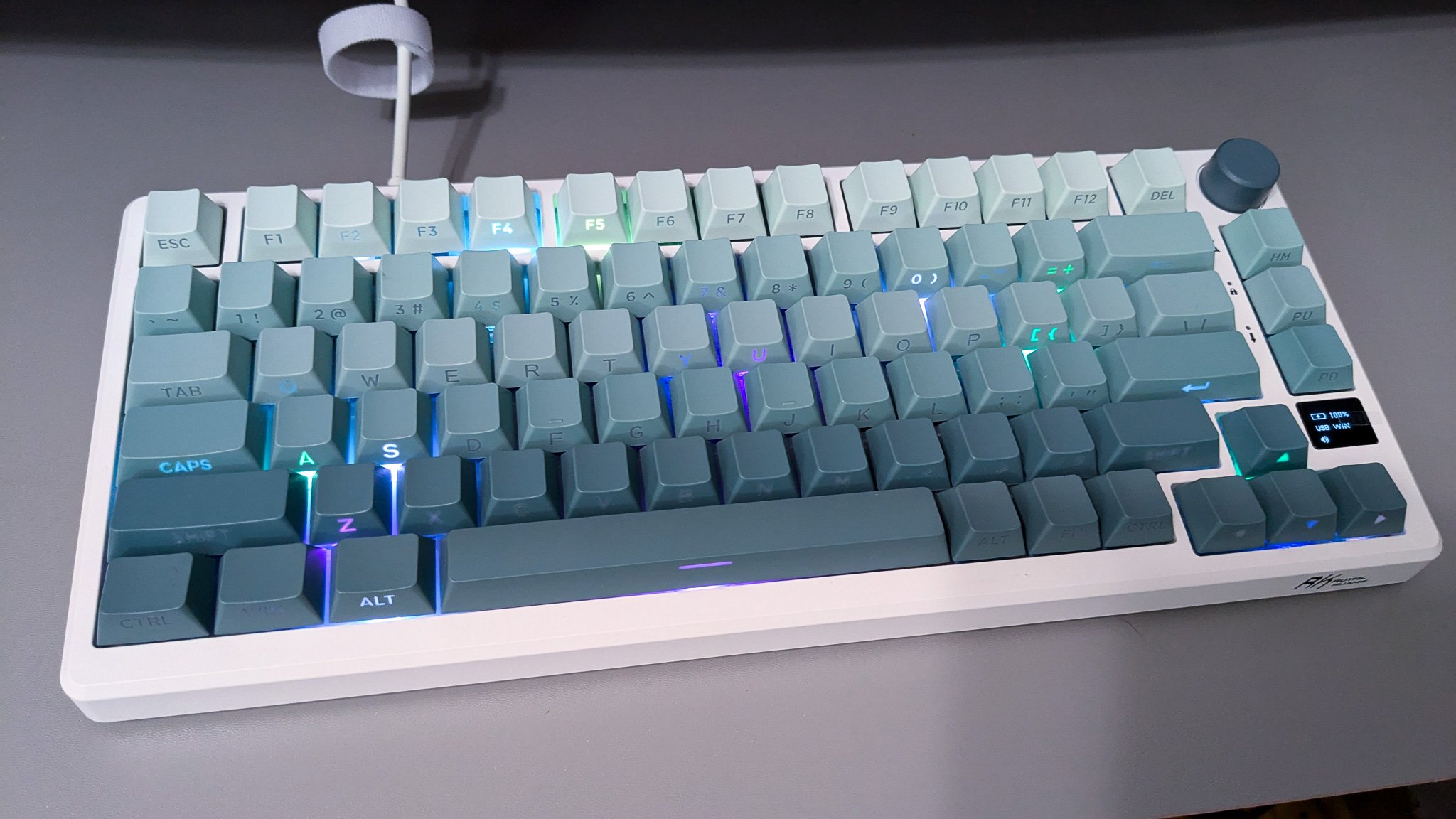GL.iNet Opal Travel Router Review: You Didn't Know You Needed This!
Purchase price: $39.59
We are a participant in the Amazon Services LLC Associates Program, an affiliate advertising program designed to provide a means for us to earn fees and support our channel by linking to Amazon.com and affiliated sites.
I used to travel quite a bit and one thing as a tech enthusiast that always concerned me was my internet history being exposed for weeks at a time inside a hotel room. I finally bought a travel router to hopefully keep my data contained by my standards. GL.iNet is a brand that is all over Amazon and there are plenty of products that they sell. The model I purchased is the Opal and it is one of the most compact routers I’ve used. Does this hold up traveling around the world? I’ve taken this little internet companion with me across the country and here are my thoughts.
Why You Need One Of These
It’s basically a middleman that piggybacks off someone else’s internet to be customized into your own.
I’ll try to explain what a portable router does in the easiest manner possible. Say I’m staying in a hotel for a week and don’t want to use up all of my mobile data on my smartphone by hotspotting my laptop to work with it. Most hotels supply free Wi-Fi for their customers. The same goes for coffee shops, restaurants, and a bunch of public spaces. By connecting to the venue’s Wi-Fi network, you are literally connecting your device to their router system. Much like what would happen at your own home with your own internet, the information being processed is given to the owner or the system. In this case it would be the owners of the location you’re at.
By powering the Opal up and connecting it to the venue’s internet, you’ll essentially be able to use Wi-Fi under your own system like you would at home. It’s basically a middleman that piggybacks off someone else’s internet to be customized into your own. A repeater bridge as it is called, allows the client to act as a secondary router. While travel routers have been used for many years now, they’ve progressively improved and have added tremendously beneficial features in modern times. Turning a public network into a private Wi-Fi is especially beneficial for work purposes like writing sensitive emails and documents. With many computer and smartphone applications fully revolving around the cloud, it's paramount to be secure with your data.
Just Like ANy Other Router
While you can use the GL.iNet Opal as a wireless Wi-Fi solution, it ultimately is still a router, which means it supplies 2 Gigabit LAN ports and 1 Gigabit WAN port to wire in. There’s also one USB 2.0 port next to the USB-C power port on the back. I do like the compact nature of the Opal as it is just about the size of my palm. Two antennas are foldable in order to make it clean and easy to slide in and out of a bag. It only weighs 145 g, which is basically nonexistent compared to a lot of my tech accessories in my bag. It literally is just like any other router expect tinier.
The Opal can push wireless speeds up to 300 Mbps on a 2.4 Ghz band or 867 Mbps on a 5 Ghz band. I was able to get 30 Mbps download on the 2.4 Ghz band and about 50 Mbps download on the 5 Ghz one. Off my actual router at work, the unsullied Wi-Fi connection hits about 120 Mbps download. That seems to be a good representation of the speed of the internet that your devices will be operating with if tethered with the Opal as a middleman.
How It Sets Up
One issue I came across while using the Opal on my travels is the actual configuration of a new Wi-Fi spot into the system. Logging into the network and configuring the Opal makes for a confusing experience without a dedicated app. Each time you configure a new spot, you have to type the IP address into the web browser. At a Walt Disney World hotel, the browser sign-in for the room’s Wi-Fi conflicted with the setup process of the Opal. It was stuck in a continual loop with the room login. In a Hilton in Tampa Bay I stayed at prior to heading to Orlando, I had no issues with running the Opal through the room’s Wi-Fi as there was no designated login for the room. A dedicated app for this purpose would make things much easier.
The extremely compact nature of the Opal
The Router can also be configured with a list of VPNs affiliated with the product. I have a VPN on my phone as well as on my laptops so I don’t utilize this function on the Opal. You’ll have to have a subscription for those VPN services that work with Opal like OpenVPN. I don’t have 50 devices on me to test this boast, but the Opal is marketed to handle up to 50 devices at a time using a 1 Ghz dual-core CPU.
Overall, the Opal travel router is a compact unit that fits its designed purpose really well. It has decent signal strength that is enough for browsing and streaming videos for most people, all while being able to easily store in a backpack. While you do lose some of the premium conveniences for setup with this basic router, I do think it’s a good partner for the travel junkie in need of more protection over their data.












Alex
Caught in between the conundrum of his fascination with retro and the future, Alex has a very unique taste in technology. Never one to follow trends like his millennial peers yet constantly desiring to get ahead of the curve, he sees technology like he does his other love: comic books. Always looking for the best value or a hidden gem, his collector mindset reflects on some of his favorite gadgets: the Moto X (2015), HTC U11 and the Google Pixelbook. If there’s a good tech deal out there, Alex is on the hunt!